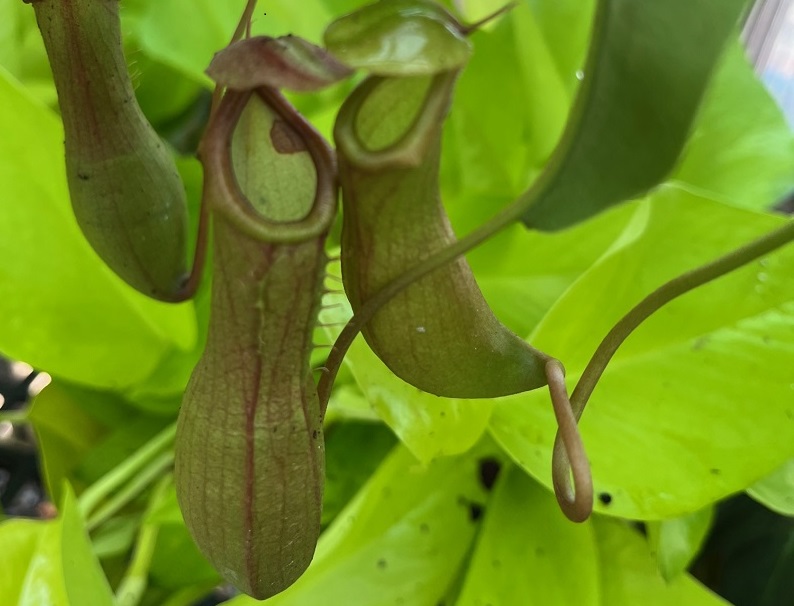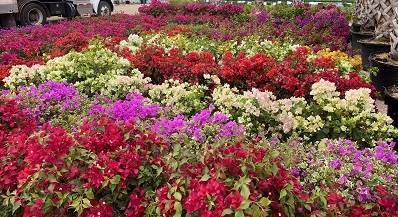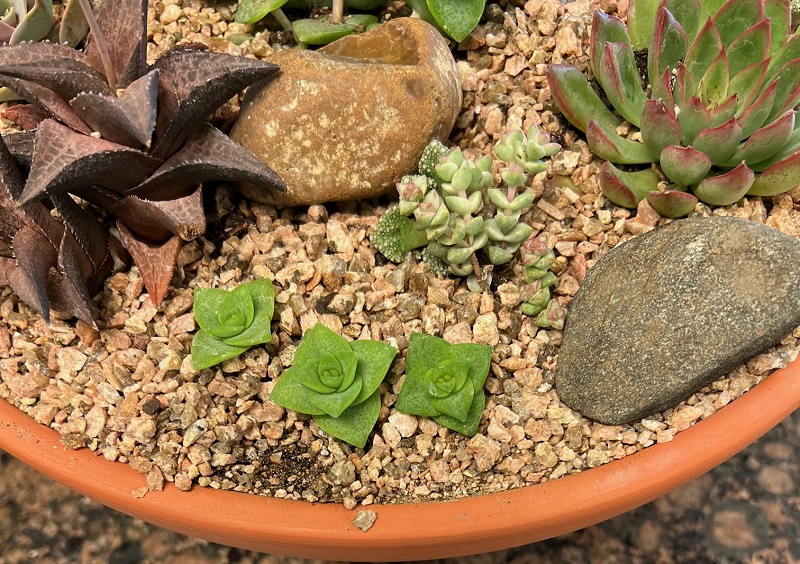Every era has had its favorite houseplant. In the 50’s and 60’s it was the African violet. The 70’s was a houseplant mecca, with macramé hangers and Peace Lily plants dominating the scene. The 80’s and 90’s had the Weeping fig, or Ficus benjamina trees in its favor. This decade definitely goes to the big, bold leaves of the Fiddleleaf Fig. Design-wise, this plant really makes a statement! It is hard not to notice the large, fiddle-shaped leaves and dark green color as you walk in a room. But how do we care for them to keep them looking that way?
Native to the West Africa lowland tropical rainforests, they sometimes start their life as a “banyan” Ficus, starting in the treetops as an epiphyte, sending their roots to the ground and eventually encompassing the entire tree it began its life on. Fortunately, they can also grow in soil on the ground, and have become very popular houseplants.
Bright, indirect light, like that coming from an east window, is preferable, although other locations with dappled sun, not direct sun from a south or west window, may suffice. Once you find the ideal light conditions for your tree in your house, do not move it. They tend to drop leaves like their cousin, the Weeping Fig, when moved.
Location, location, location. In addition to bright light, your plant should be situated away from any air conditioning or heating vents that would blow directly on them. Grouping other plants near them will help to increase humidity that they require.
Transplanting should only take place when you are certain they are really root-bound. The plant will always look too big for the pot. Do not go more than 4” larger in pot size at a time. If the plant seems top-heavy, plant it in a plastic nursery pot for easy watering, and set it down in a more substantial ceramic pot to stabilize it.
You will learn how often to water your plant by observing the leaves and feeling the soil. Generally, Fiddleleaf figs should be allowed to dry a few inches to halfway down the pot or more between waterings, depending on pot size, temperature and humidity conditions. I mentioned “double-potting”, or setting a plastic pot down in a decorative pot, for a good reason! I find it helpful to lift the pot to see if it is getting lighter-this means it is drying out.
The only way to thoroughly water a plant is to let water run through over and over again, draining away from the plant. If the water goes straight through the soil, and the soil has been allowed to dry, it will repel water until it is thoroughly saturate. This is important. Do not think that a plant is sufficiently watered just because the water comes out the drainage hole. A plastic pot is much easier to move outside or to a bathtub to water, and once it has drained, it may be placed back in the decorative pot. NEVER let the plant sit in a saucer of water!
If your leaves begin to brown from the tips in, you have probably let it go too dry one time. Brown spots in the middle of the leaf indicates an fungal infection called Anthracnose, and all affected leaves should be removed and destroyed. Anthracnose is common to plants which have been kept too moist or let to sit in excess water. If you can get your watering schedule down just right, you should not have any of these problems with your Fig.
Many times we require a “learning curve” when caring for a new houseplant. If your Fiddleleaf fig does drop some leaves, all is not lost. You can “air-layer” the trunk to form roots and produce a new plant. Click HERE to watch a video on air-layering.





Leave A Comment